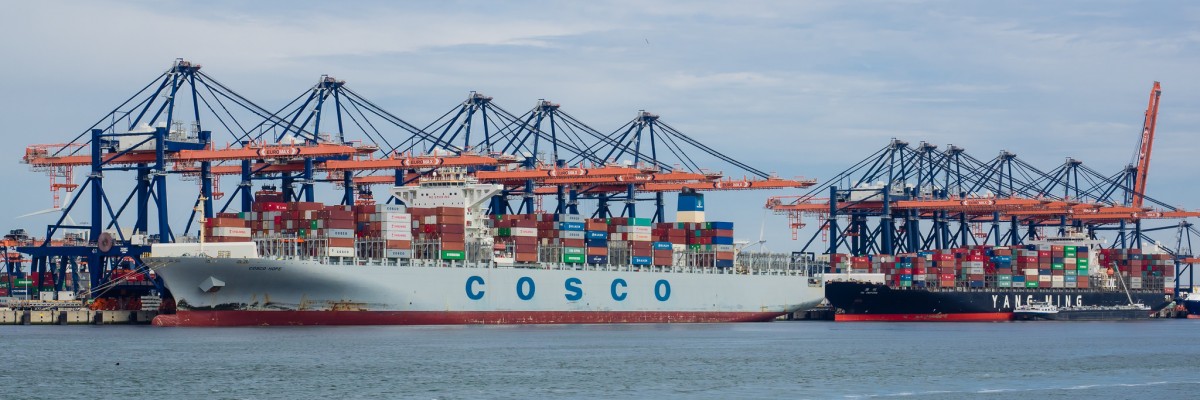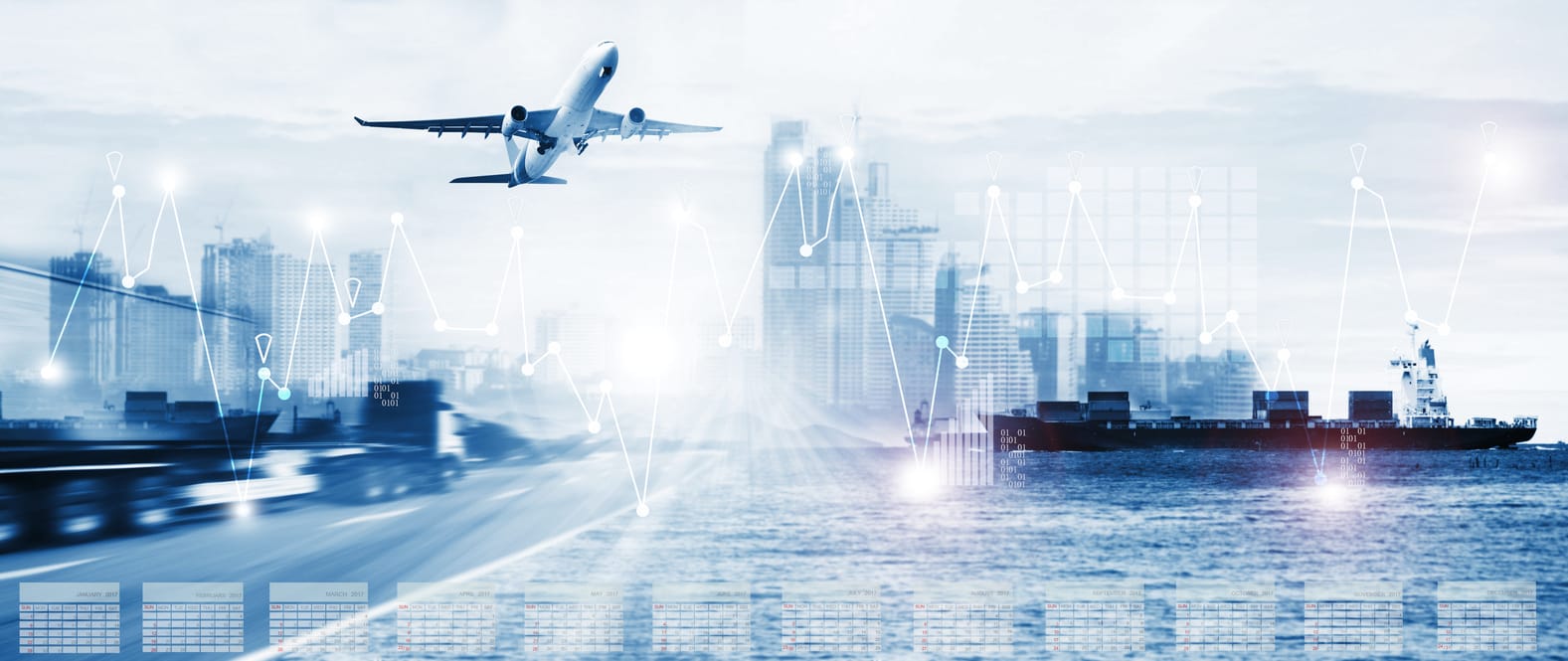
(Photo Credit Flickr User Frans Berkelaar, CC BY 2.0)
2015 is coming to a close with two notable consolidations in the ocean carrier business; COSCO is purchasing China Shipping and CMA-CGM is purchasing NOL and their liner subsidiary, APL, for $2.2 billion.
COSCO has announced that China Shipping will exit the liner shipping business (read: containerized cargo) and they will take over their vessels. As of late this year, there was also over 1 million TEU’s of capacity parked and not sailing.
The Transpacific Stabilization Agreement (or as we call them, ‘the OTHER TSA’) has put the mark out that at the beginning of January their members are seeking an increase on the eastbound Transpacific of $1200.00/FEU to the West Coast and $1600.00/FEU to the Gulf and East Coasts. GRI’s, though, are like sales at a store. You can’t really tell if it’s really a sale or bargain unless you knew what the price of the item was before.
The same can be said of carriers. They allow rates to erode over a period of time to the point where they are financially unsustainable and then announce a GRI that would give anyone sticker-shock, until you realize that the GRI’s are negotiable and really they’re just trying to get back to where they were before they let the rates fall too low in the first place.
Carrier economics is one where the laws of supply and demand are influenced by tonnage on order, how willing a rogue member is to slash prices to gain marketshare and what steps others are willing to take, including removing supply, to ensure they remain financially viable.
All that matters is that with the number of choices on the decline, shippers must be wary of the shell game that carriers will play in the coming months and years.







